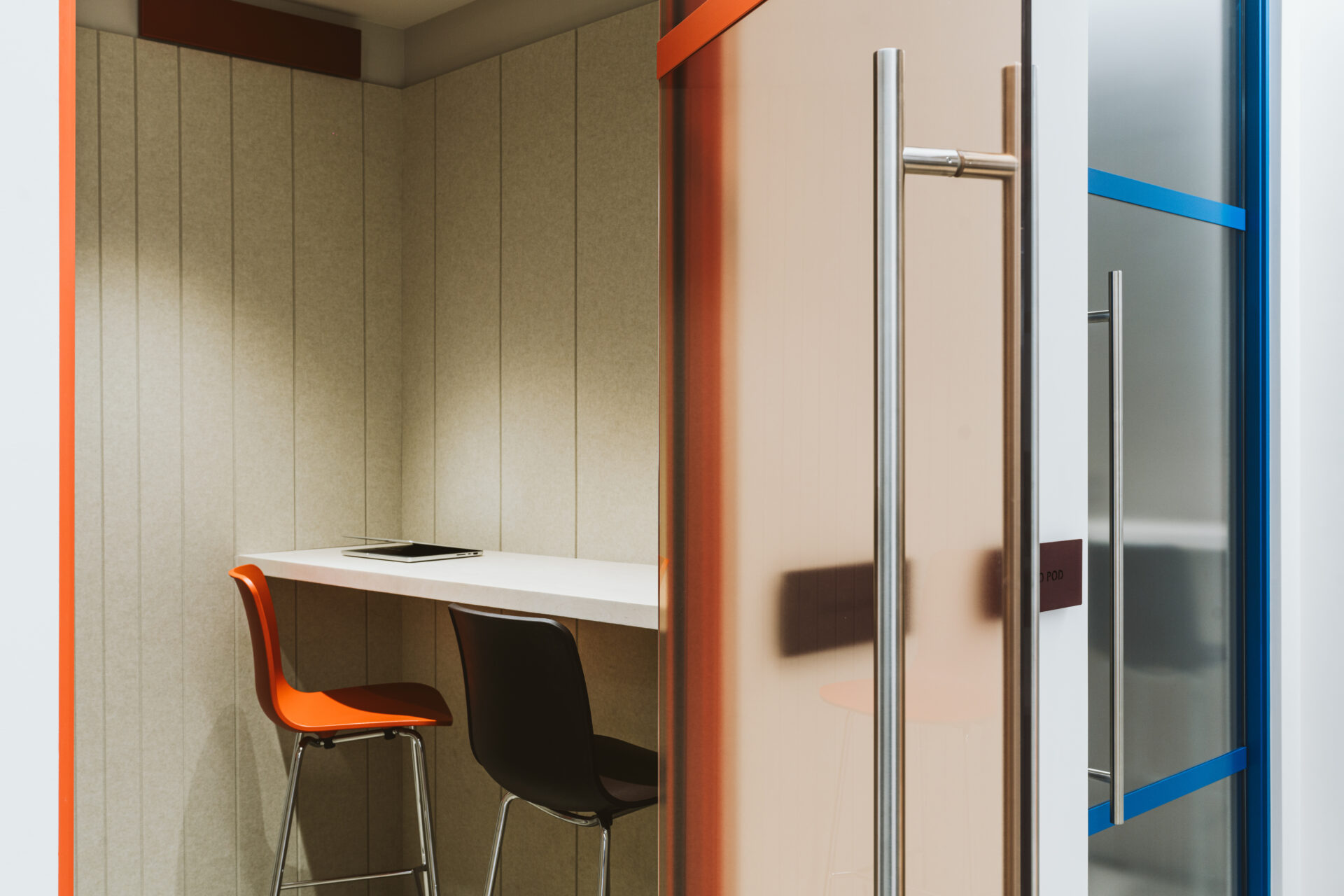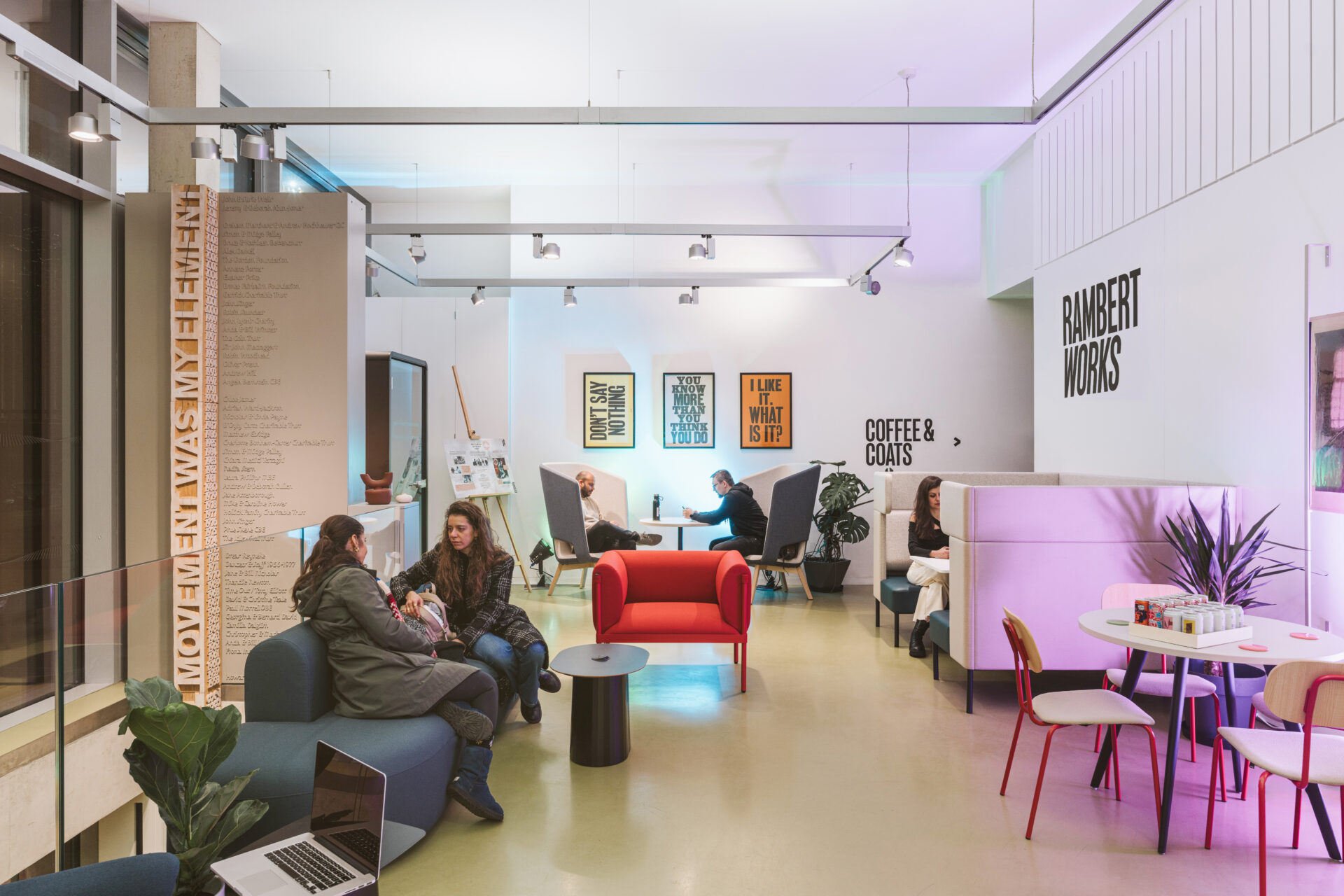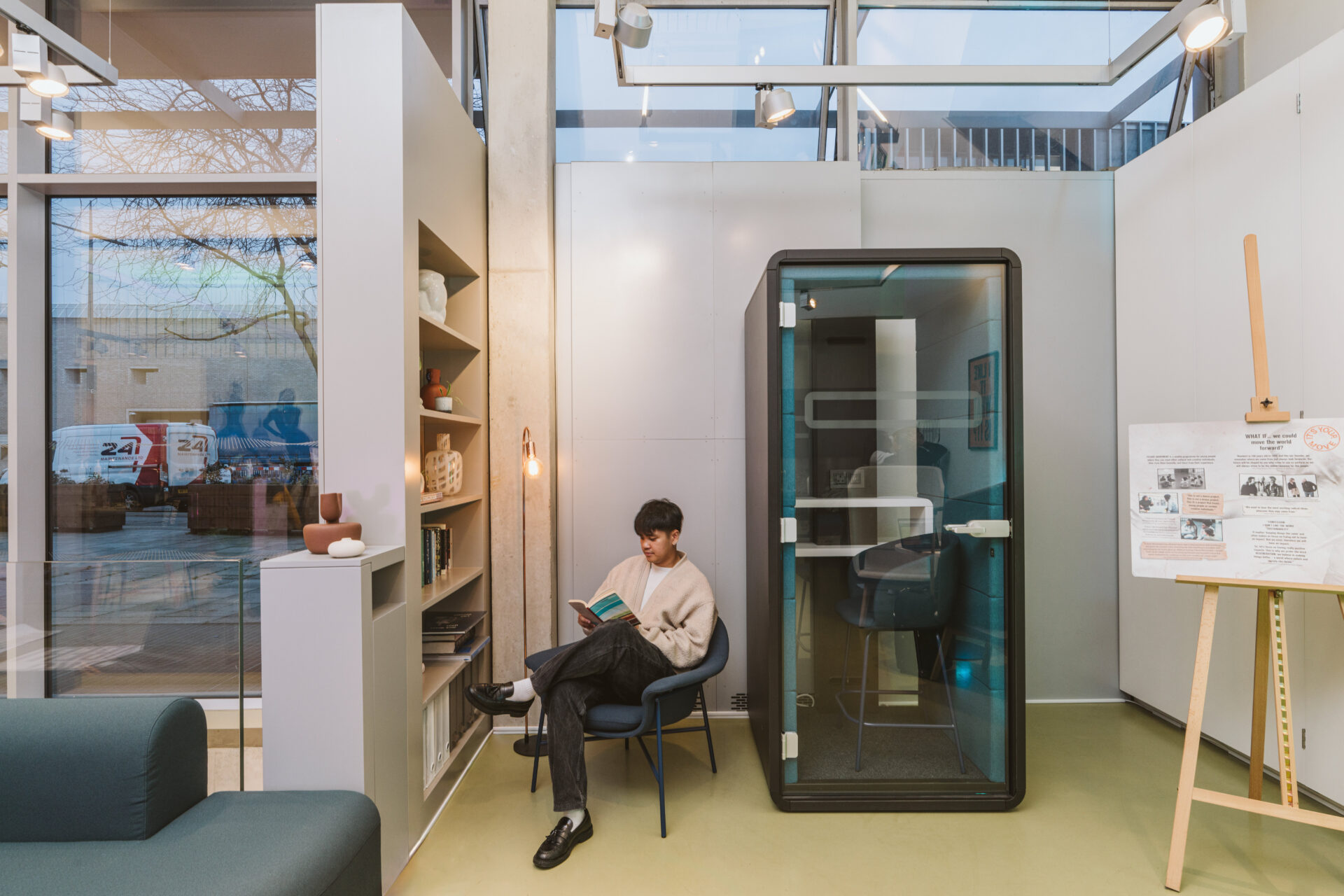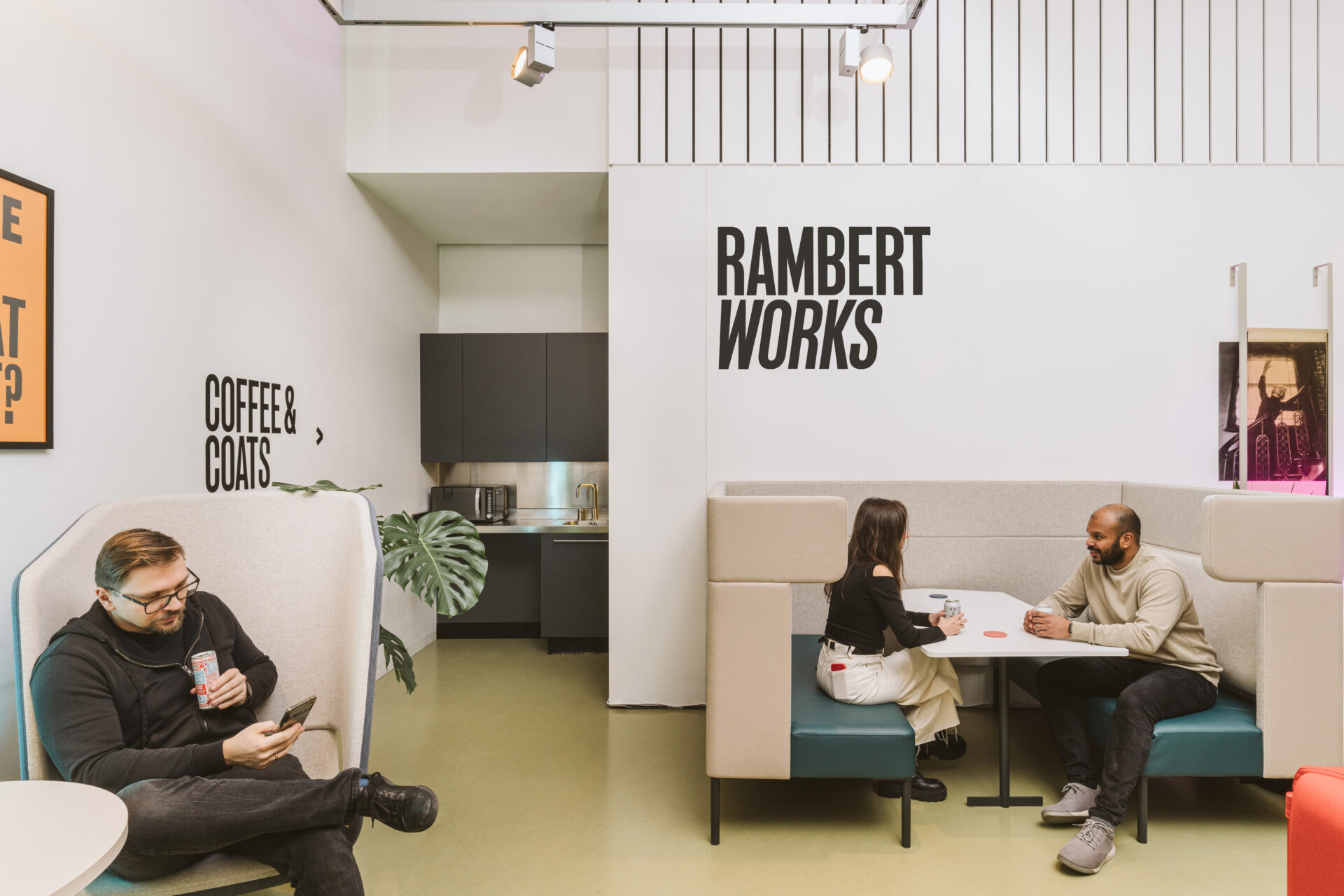Forget return-to-office mandates — employees return willingly to well-designed workspaces
J.P. Morgan’s recent announcement that its employees will soon be expected to be in the office five days a week has reignited the hybrid working debate. More and more, we’re seeing a rise in the number of companies pushing for a return to the office, with some employers abandoning the hybrid model altogether. Among those already enforcing a five-day in-office week are Amazon, Boots, Dell, and Tesla. Meanwhile, AirBnB and Spotify continue to advocate for a WFA (work-from-anywhere) policy — work isn’t ‘a place you come to’, says Katarina Berg, Chief Human Resources Officer at Spotify; ‘it’s something you do’. Other companies have landed somewhere in between, encouraging ‘three [days] together, two wherever’. At BT, however, this recommendation is set to become a requirement. Changes of this kind rarely come without pushback, and for Starling Bank, introducing a minimum of 10 in-office days a month triggered a ‘wave of resignations’.
Many consider RTO (return-to-office) mandates inconvenient at best, and at worst, discriminatory, not least for parents of young children, disabled employees, and those with caregiving responsibilities. Having to go back to the days of lengthy early-morning commutes doesn’t exactly help sweeten the deal, and with the cost of living only getting higher, most are keen to offset money spent on public transport or petrol with a few days working from home each week. Some question whether offices can even accommodate the return of employees en masse, with those at Starling Bank accusing CEO Raman Bhatia of trying to create a ‘grey corporate hellscape’.
So what’s the solution?
Let’s face it, well-designed workspaces aren’t going to change the world. But there’s something to be said for thoughtful office design. In this article, we’ll be looking at spaces we’ve designed with employees in mind, and the role they play in encouraging people back to the office.
In an interview with The Guardian, digital designer John explained that returning full-time to a fully open-plan office would see his productivity take a hit: ‘I need […] a quiet workspace and time alone. The small talk [in the office] is incessant and completely distracting and if you wear headphones in order to focus, you’re treated as though you are being antisocial.’
This is something many struggle with at work, and it’s why private booths are a common feature in the offices we design — check out the ones we installed at design consultancy PriestmanGoode:



Kitted out with Autex Cube Groove acoustic panels to reduce noise, these booths are ideal for focus — we headed over to PriestmanGoode this week to see how the space was holding up, and the booths were almost soundproof!
The layout of an office can also have an impact on employee productivity. In this respect, private booths are a step in the right direction, but let’s consider how else the organisation of a space can be adjusted to draw people back to in-person work. In a telling LinkedIn post, recruiter Jaylyn Jones describes her experience moving from J.P. Morgan to Duolingo last year: ‘It was never a question of if J.P. Morgan was going to go back to 5 days a week in office, it was when. And honestly I’m surprised it took this long. It was a STRUGGLE to meet those in office requirements. But now that I’m at Duolingo, I’m actually in office more often than I’m expected to be.’ She juxtaposes ‘being chained to my desk all day taking Zoom calls’ and now having ‘multiple workspace options like booths, coffee shops, and couches’ — the difference is night and day, and the benefits are clear.
It’s about time office spaces reflected the diversity of the workforce, and spaces designed to allow for flexibility are a great way to accommodate different ways of working among employees. Considered office design encourages staff to return voluntarily by providing working environments that feel more empowering than restrictive. This is especially important at a time when RTO mandates can feel like a ‘betrayal of autonomy’, suggesting a lack of trust in the ability of staff to get the job done.
Our design work for dance company Rambert — who recently opened up a coworking space — is a brilliant example of what a ‘dynamic’ workspace looks like:



As you can see, whether it’s a comfy sofa for an informal chat or brainstorming session, a quiet pod for taking that all-important client call, or a kitchen area for catching up with colleagues, spaces like this one cater to the diversity of tasks and personalities within a team. Crucially, office layout isn’t just about comfort; it’s about creating environments that let employees work in ways that suit them best, improving both their output and their experience — it’s a win-win.
We’d argue the aesthetics of an office are of equal importance — you certainly won’t catch any of our spaces being described as ‘grey’ or ‘uninspiring’! Here’s what recent client Dewynters had to say about their now-revitalised office space: ‘Since Soul Spaces finished the office refurbishment, one of the key things we’ve noticed is how calm it now feels in there! And, interestingly, we’re seeing a much higher number of people coming into the office now’. This shift can be attributed to our expert design team having created an on-brand experience for staff at Dewynters, whose formerly dull space now incorporates touches of the brand’s bold blue and yellow throughout, present in the choice of carpet, paint, and furniture. When it came to designing an office for the PriestmanGoode team, who regularly take on interior design briefs for vehicles, our design team injected personality into the space by adding model trains and airplanes to the space. With many employees now required to be in the office three days a week (or more), having your brand’s logo on the wall of an otherwise lacking space just won’t cut it.
Another growing concern for employers is that the ‘lavish office spaces they’ve spent billions of dollars on are starting to get dusty’, which in some cases might explain the hurry to get staff back at their desks. Working with Soul Spaces means you won’t have this problem. Yes, an office redesign is a significant investment, but we’re able to provide premium design and fit out services without the hefty price tag, and often for more than 15% cheaper than our competitors.
The companies that invest in their office spaces — PriestmanGoode being one of them — tend to share the same standout qualities. They’re ambitious and forward-thinking, and (like us at Soul Spaces) believe in nurturing young talent. A fellow London Living Wage employer, PriestmanGoode currently has three CMF (colour, material, finish) interns, who get hands-on experience helping out on live projects in their Farringdon office.
Though office design can’t solve all of the problems brought about by the implementation of RTO mandates, it can address many of the practical concerns preventing employees from wanting to return to in-person work, or (for those with no choice) at the very least make the commute more worth their while! The return-to-office debate is far from settled, but the impact of thoughtful office design is crucial in bridging the gap between employers and their staff. Perhaps counterintuitively, the wellbeing of employees and the productivity of employees go hand in hand, so by creating flexible, inspiring spaces, businesses can make the office a place people want to return to, rather than a place they have to be. Investing in well-designed workspaces that cater to diverse working styles might just be the key to winning back employees and maintaining a healthy, engaged workforce.






